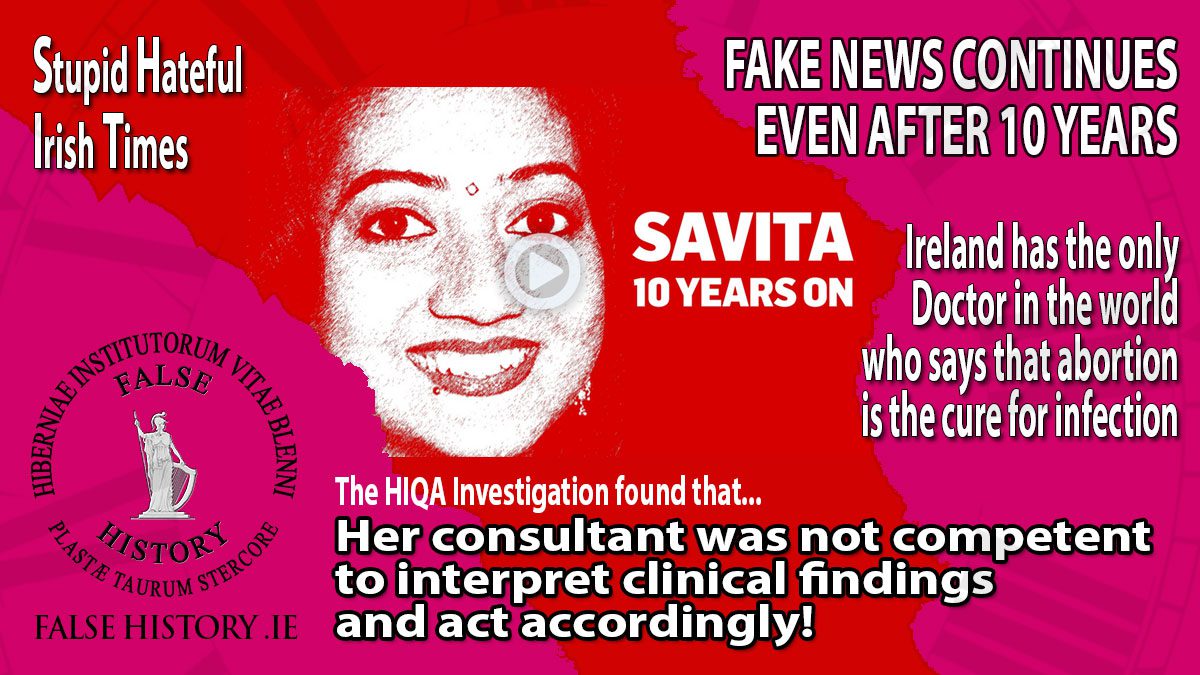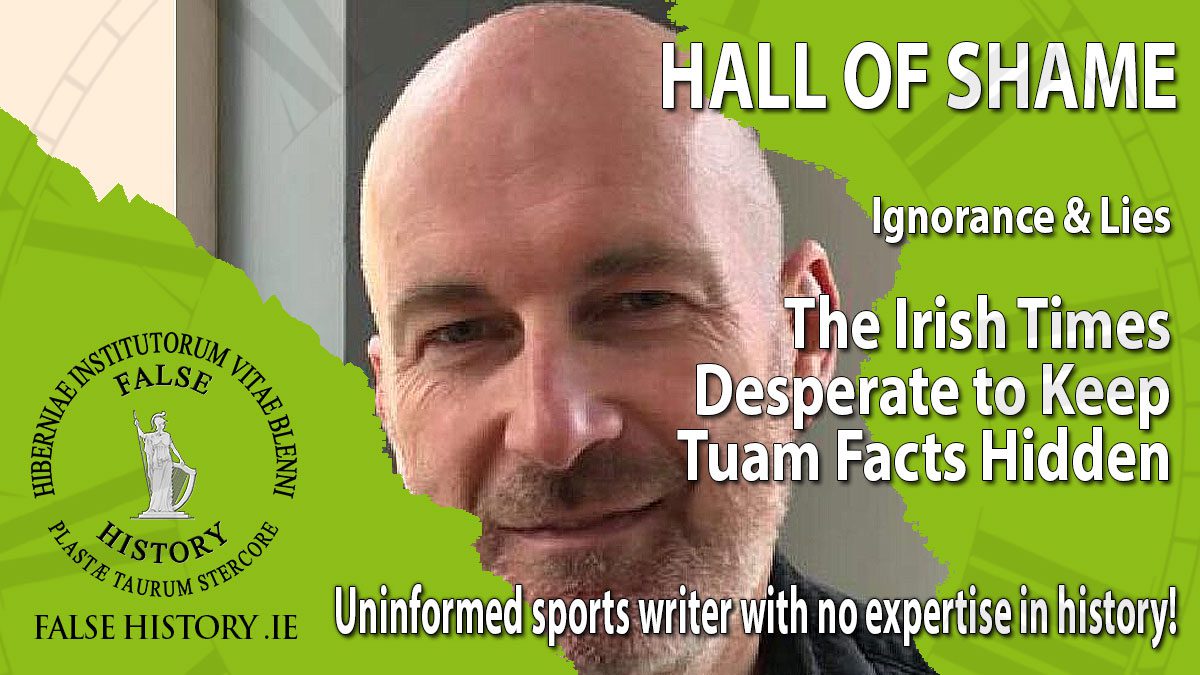Picture this scenario: You visit a doctor who diagnoses you with a kidney infection and suggests that the only effective remedy is to remove your kidney. Your initial reaction might be to question your doctor’s sanity, and rightfully so. It’s astonishing that in Ireland, there exists a doctor who advocates the removal of body parts to treat an infection.
Dr Peter Boylan, acting as an expert witness at the inquest into the death of Savita Halappanavar, stated that had she “been offered a termination on either the Monday or Tuesday of her admission […] that this could have saved her life”.
Savita, a pregnant mother to be, died in October 2012 at University College Hospital, Galway after she developed a case of severe sepsis which arose from an infection of the two sacks (corium & amnion) surrounding her foetus. The infection was caused by a virulent and multi drug-resistant organism, E. coli ESBL. Commonly called a superbug, the term ESBL means that the bacteria are capable of producing an enzyme that can defend itself from attack by all but the strongest antibiotics.
Between 2008 and 2010, twenty-nine women died in similar circumstances from obstetric sepsis in the UK. Abortion was easily available during that time, but no medic advocated for such a procedure to save the lives of these women. Why is that? The answer, abortion, cannot be used as the cure for an infection.
Sepsis arises from an overreaction of the body’s immune system to an infection. Blood poisoning is the more common term, which often refers to both septicaemia and sepsis. However, septicaemia is the presence of bacteria in the blood, while sepsis is a body-wide inflammatory response to that infection, which can lead to organ failure or death. It is not just pregnant women who are at risk from sepsis, it is a life-threatening medical emergency that kills 270,000 Americans every year, and millions more worldwide.
Not surprisingly Dr Boylan’s comments drew very public criticism from some of Ireland’s top obstetric and gynaecological consultants, who, alongside a consultant microbiologist and emergency medical consultant, put their names to a letter which was published in an Irish national newspaper. Essentially, they argued that Dr Boylan’s opinion was not supported by medical science and that by politicking with Savita’s death — using it to advocate for the legalisation of abortion — he was detracting from the real issues which had caused her death. Thereby allowing a continued a risk to the lives of pregnant women by failing to learn from the mistakes made by medics.[1]
Even if the correct medical protocols had been diligently followed in Savita Halappanavar’s treatment, there remained no absolute assurance of her survival due to the formidable nature of a multi-drug resistant infection, often referred to as a superbug. Superbugs, though frequently associated with hospital settings, are now increasingly prevalent beyond hospital walls.
Regrettably, the medical procedures essential to her case were not adhered to by the healthcare professionals involved. This failure was underscored in three distinct investigations into her tragic demise, each carried out by different authorities: the Health Service Executive (HSE), Health Information and Quality Authority (HIQA), and a special court presided over by a judge, the Coroner for West Galway, and featuring a jury.
It’s crucial to note that none of these investigations concluded that an abortion could have saved Savita’s life. However, during that time and persisting to this day, the Irish media has been rife with claims asserting that abortion was the appropriate remedy and it could have preserved her life. These claims, importantly, lack a foundation in medical knowledge or scientific understanding. Furthermore, Irish law did not prohibit the removal of a fetus — even one with a heartbeat — when a miscarriage was judged to be inevitable by all the medical professionals responsible for her care.
The Health Information and Quality Authority (HIQA) were scathing in their report into Savita’s death, stating:
The consultant, non-consultant hospital doctors (NCHDs) and midwifery/nursing staff were responsible and accountable for ensuring that Savita Halappanavar received the right care at the right time. However, this did not happen.
The most senior clinical decision maker involved in the provision of care to Savita Halappanavar at any given time should have been suitably clinically experienced and competent to interpret clinical findings and act accordingly.[2]
A diplomatic way of stating that everyone involved in Savita’s care failed to fulfil their responsibilities as expected. Notably, the consultant obstetrician, who was the team leader. She lacked the requisite experience and failed to adhere to established medical protocols and guidelines.
A severe indictment of all parties involved, with the consultant obstetrician bearing the greatest responsibility.
Following Savita’s tragic passing, it seemed apparent that the consultant foresaw an impending investigation and sought to deflect some of the blame away from herself. The most apparent recourse appeared to be attributing fault to the 8th amendment of the Irish constitution, which granted equal right to life for unborn children as that of the mother.
It should be noted that had the medical team adhered to the proper protocols, there is a chance — albeit not a guarantee — that Savita may have been spared from sepsis-related death. What is unequivocal, however, is that abortion is not a suitable treatment for an infection.
The Irish media pretends to be concerned about women’s health, but their primary focus, even when dealing with tragic events, is profiteering through sensationalism and inaccurate reporting. Mainstream Irish newspapers have failed to provide comprehensive information and analysis regarding the circumstances surrounding Savita’s death. Notably absent are facts such as the discovery, during the year of her passing, of five similar cases in the UK, where women, particularly those from black and ethnic minority backgrounds like Savita, were at a higher risk of developing severe sepsis during pregnancy.[3]
The death of Savita Halappanavar was used disgracefully as a political football by many vested interests to further their pro-abortion agenda. It is clear from the ensuing debate that the lives and health of women were of no concern — and remain of no concern — for many pro-abortion organisations, including the Irish media. The stain on their reputation and the slurs cast upon the Irish nation will take years to be fully realised.
A period in Irish history that will become known to posterity as the Clurichaun Ascendency.
EJ
References
Acosta, Colleen D., Jennifer J. Kurinczuk, D. Nuala Lucas, Derek J. Tuffnell, Susan Sellers, Marian Knight, and United Kingdom Obstetric Surveillance System. ‘Severe Maternal Sepsis in the UK, 2011–2012: A National Case-Control Study’. PLoS Medicine 11, no. 7 (2014): e1001672.
‘Investigation into the Safety, Quality and Standards of Services Provided by the Health Service Executive to Patients, Including Pregnant Women, at Risk of Clinical Deterioration, Including Those Provided in University Hospital Galway, and as Reflected in the Care and Treatment Provided to Savita Halappanavar’. Health Information and Quality Authority, 7 October 2013.
Monaghan, John, Cyril Thornton, Eamon Mc Guinness, Hayes Hayes, King King, Eileen Reilly, John Bonnar, et al. ‘Lessons of Savita Case’. 1 May 2013, Irish Independent edition, sec. Opinion – Letters to the Editor. https://www.independent.ie/opinion/letters/public-and-private-sectors-must-fight-austerity-29233703.html. (second letter on the page, Lessons of Savita case)
[1] Monaghan et al., ‘Lessons of Savita Case’.
[2] ‘HIQA Investigation into the Death of Savita Halappanavar’.
[3] Acosta et al., ‘Severe Maternal Sepsis in the UK, 2011–2012: A National Case-Control Study’.





She had a sceptic miscarriage. Her water broke without expelling the foetus. Abortions had been carried out at UHG before to save the mother’s life – this was purely racist. Do your research. It has been proven multiple times that, had she been given an abortion before going into sceptic shock, she likely would have survived. Her chances dropped 60% and she was told “this is a Catholic country” by her nurses. The entirety of the University Hospital of Galway failed Halappanavar, and this kind of bullshit is only a disservice to her memory and the Halappanavar family.
Firstly, thank you for your comment. Clearly you have not done any research nor does it appear that you have read any of the three investigative reports. It would further appear that you and other people are reliant on the gutter press to give you, your opinion. That’s perfectly fine but such opinions cannot be logically used to sneer at erudite analysis.
EJ